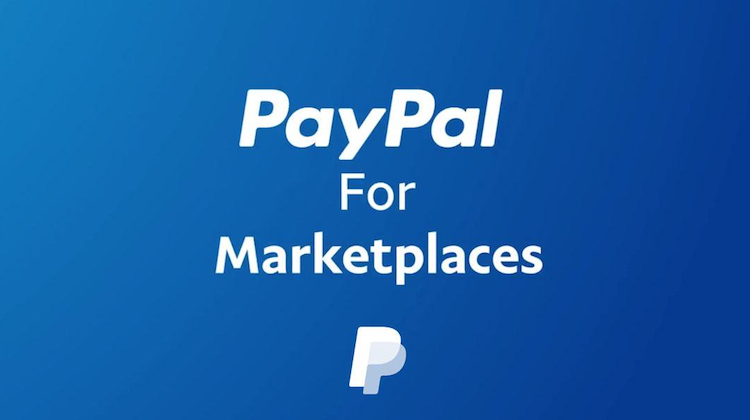Payments
Why PayPal and Facebook are pushing messenger-based business payments
- Facebook and PayPal have added to their partnership, now allowing Marketplace sellers to send PayPal invoices in the Messenger app
- Apps are due for a redesign -- in a messenger-based world, using multiple apps to execute a payment is a little cumbersome








